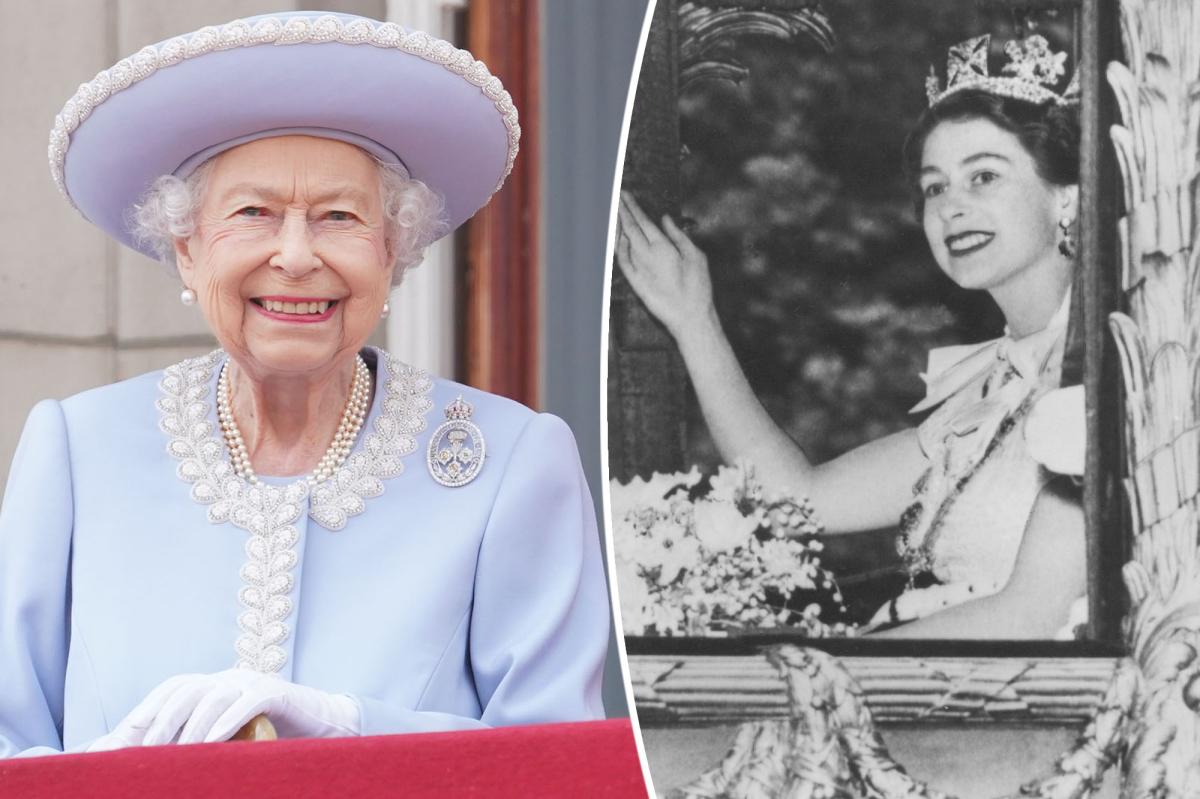Details for Queen Elizabeth II’s funeral and the days leading up to the service have been revealed.
“Her Majesty The Queen’s state funeral will take place at Westminster Abbey on Monday 19 September at 1100 BST. The Queen will be in Westminster Hall for four days prior to the state funeral for the public to pay their respects,” the royal family announced via Twitter on Saturday.
According to the palace, the Queen’s casket is currently resting in Balmoral Castle’s ballroom and will travel to Edinburgh this Sunday. He then rests until Monday afternoon in the Throne Room at the Palace of Holyroodhouse.
On Monday, a procession will form in the forecourt of the Palace of Holyroodhouse to take the coffin to St Giles’ Cathedral in Edinburgh. There, King Charles III and other members of the royal family will participate in the procession.
“Her Majesty’s Coffin will then rest in St Giles’ Cathedral, guarded by Vigils of The Royal Company of Archers, to enable the people of Scotland to pay their respects,” the statement continued.
The Queen’s casket will then travel from Scotland on a Royal Air Force plane to RAF Northolt on Tuesday. Princess Anne is expected to be on board the plane. From there, the coffin is taken by road to Buckingham Palace to rest in the Bow Room.
On Wednesday afternoon, September 14, the coffin will be carried in procession on a gun carriage of The King’s Troop Royal Horse Artillery from Buckingham Palace to the Palace of Westminster, where the Queen will lie in state in Westminster Hall until the morning of the state funeral. the explanation.
The procession will make its way through Queen’s Gardens, The Mall, Horse Guards and Horse Guards Arch, Whitehall, Parliament Street, Parliament Square and New Palace Yard, no doubt giving people a chance to walk the streets and pay their respects .
Once the coffin has arrived at Westminster Hall, the Archbishop of Canterbury will conduct a short service, assisted by the Most Reverend Dr David Hoyle, Dean of Westminster. The service will be attended by King Charles and other family members.
The Lying-in-State period then begins, giving members of the public the chance to visit Westminster Hall to pay their respects to the late monarch.
Under the government’s long-standing plan for the late Queen’s death, dubbed “Operation London Bridge”, the memorial service will be attended by her royal relatives, the Prime Minister, as well as a small number of senior ministers.
Her body will then be taken to a prepared tomb in the King George VI Memorial Chapel at St. George’s Chapel in Windsor Castle, where she will be buried with her husband Prince Philip after a commitment service.
Prince Charles – the Queen’s eldest son and new King of England – has been on a tour of the UK to mourn the loss of the monarch and address the public in his new role.
Ahead of the official announcement of her death at the age of 96 on Thursday, Buckingham Palace shared early that morning that the Queen’s health was deteriorating in a statement posted on their website.
“Following further evaluation this morning, the Queen’s doctors are concerned about Her Majesty’s health and have recommended that they remain under medical supervision,” the statement said. “The Queen remains comfortable and in Balmoral.”
The Queen began showing signs of ill health in October 2021 when she was hospitalized overnight and had to cancel several royal performances. She expressed concern in February 2022 when she tested positive for COVID-19 – but was back to her personal royal duties the following month.
Queen Elizabeth canceled another performance in May due to “episodic mobility issues” and the following month she skipped several of her platinum anniversary festivities due to feelings of “discomfort.”
Charles is now King of England, while his second wife, Camilla, Duchess of Cornwall, has assumed the title of Queen Consort.

